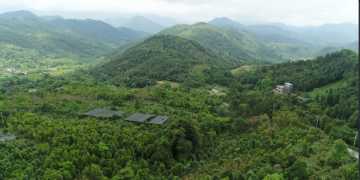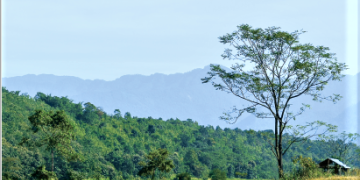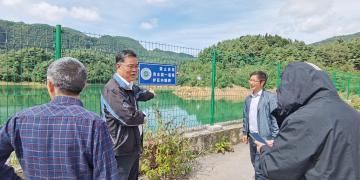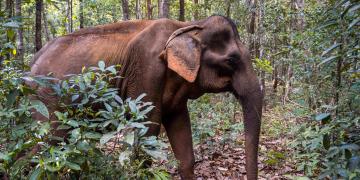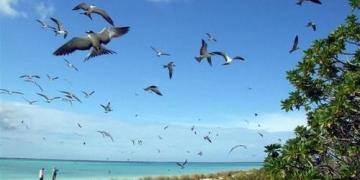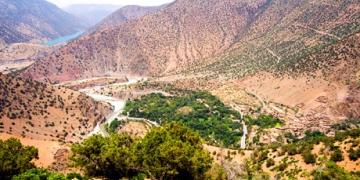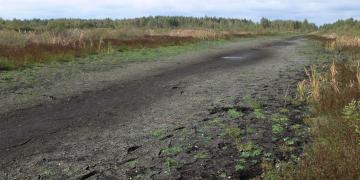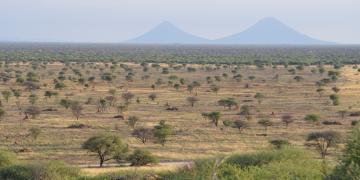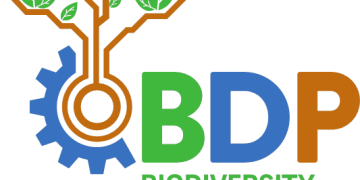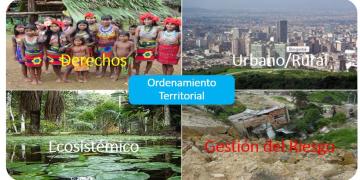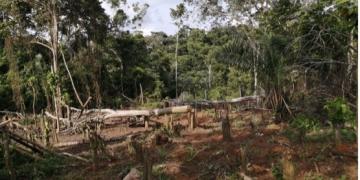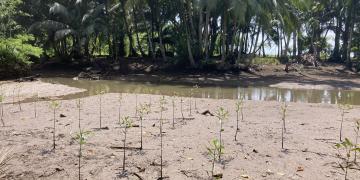As the world unites under the theme "Peace with Nature" at the 2024 UN Biodiversity Conference, this compilation highlights national efforts to implement the Global Biodiversity Framework. Featuring innovative solutions from countries like China, Brazil, and Kenya, these examples demonstrate how nations are translating global biodiversity goals into actionable strategies. From establishing policy frameworks for Forest Landscape Restoration to advancing biodiversity conservation and sustainable development, these initiatives showcase the pivotal role of national action in achieving global biodiversity targets and fostering a sustainable future.
